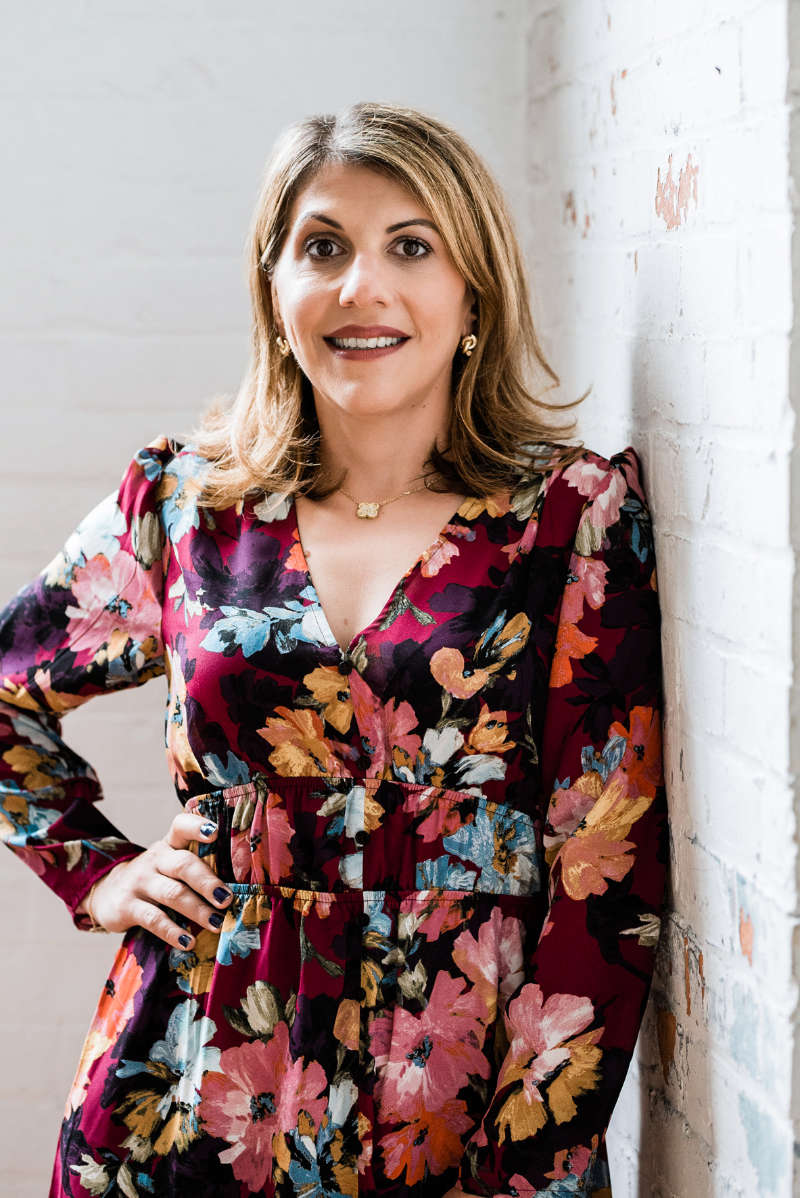I’ve never been one to “dance like no one is watching.” Yet two years after George Floyd’s death, a moral and social dance about racial inequality is still occurring globally and everyone is watching. Companies may have made progress over the last two years but they are still facing a lot of discomfort dealing with DEI. Boilerplate DEI language might look great on a company’s website but does it reflect the company’s culture inside the organization? Like a discotheque, diversity, equity and inclusion attracts the attention of people from all backgrounds and ages. In the middle of this dance floor is a mirrored disco ball, reflecting the voices of activists, conservatives, leaders, and employees in a kaleidoscope of competing energy.
Having co-chartered a former company’s first ERG, and created its first ERG policy where no formal program or leader was in place, I’ve learned a lot about the DISCOmfort organizations face when starting out. When the spotlight is on the top, the biggest hurdle can be not wanting to find out if there is a problem, let alone how to solve it. If you’re a company looking to begin its DEI journey, consider the acronym of using D.I.S.C.O to mitigate the discomfort that may accompany this type of work
D is for Desire. Desire is leaning into the discomfort and accepting that only personal change can lead to system change. For individuals, it’s about the willingness to look within yourself to understand your fundamental beliefs about diversity and systemic racism that shaped you when you were young. It’s also about acknowledging what privilege means and who has power in our society to make decisions. At an organizational level, an individual’s desire must be the initial light to illuminate the journey.
I is for Inquiry. Inquiry is about curiosity. Instead of guessing or assuming how black and minority groups might think or how the Board of Directors would react, organizations need to create space for people to share their stories and ask questions. Inquiry is about putting aside labels, judgement, and ego. It’s about identifying the real questions and motivations behind your DEI initiative, before pouring over the numbers. Sure, improving your diversity numbers may matter to your organization, but what adverse effects could happen by focusing on numbers alone? By asking better questions such as,”how are we measuring inclusion,” can an organization begin to regulate.
S is for Shared Meaning. You can’t have a meaningful DEI discussion without having a common language of what the terms diversity, inclusion, and equity mean. Diversity is about all the ways people are different on a cognitive, biological, socio-economical, psychological, organizational, religious, political basis. It’s also context dependent and will vary by geography and type of organization. Equity is treating employees with fairness and not necessarily the same. Finally, inclusion isn’t only about acknowledging diversity; it’s about being deliberate in how you include different perspectives in decisions and dialogue.
C is for Co-creation. Once you have a group of committed people, the right questions, and shared meanings, the next step of the journey is deciding how and when to act. While HR activities such as rewriting job descriptions, changing hiring/recruiting pools, looking at retention and promotion rates of employees of color, may in fact be obvious places to start. However, DEI is not and can’t be an HR problem. It’s an organizational systems issue that not only requires all business functions from design to marketing to manufacturing to IT, not to mention employees at all levels of the organization. Change will not happen if a small group of executives are only coming up with ideas and making the decisions and policies that everyone else has to comply with. Instead, DEI, like most change management efforts work best when it’s a mutual, and has collective ownership and shared accountability.
O is for Ongoing. DEI cannot be just another initiative or a problem to be solved by Q4. It cannot be one statement a company makes one time, out of pressure to fit in with other companies. Instead, it’s about continuous effort and progress and a commitment to equity and justice. Let’s face it, employees or investors may never remember exactly what you said in your initial press release but they will certainly remember if they didn’t see or feel anything differently in 6 months or a year. Organizations must be willing to be transparent about progress and about shortcomings multiple times a year, and never see it or treat it as a one-and-done initiative.
Shining the light on your own or your company’s disco ball, can feel both daunting and risky, especially if all an organization cares about is looking good on the dance floor, instead of how to get everyone to dance. At an individual level, Ijeoma Oluo, author of So You Want to Talk About Race reminds us, “Every day you are given opportunities to make the world better, by making yourself a little uncomfortable and asking, ‘who doesn’t have this same freedom or opportunity, that I’m enjoying now?'” If each person in an organization can start to ask themselves this simple question, we can enter onto the DEI dance floor with more confidence and humility.
A little discomfort does go a long way in combatting our fears and helping us create a better workplace.


